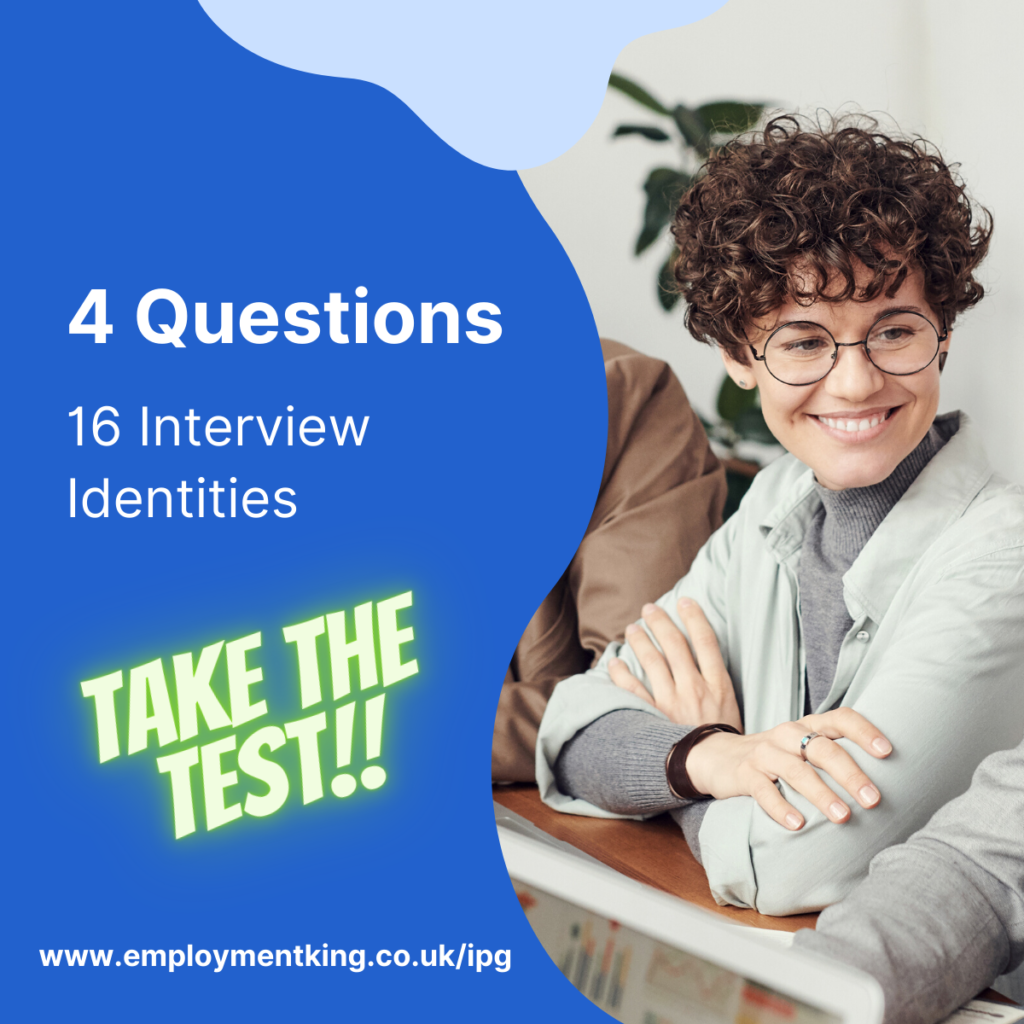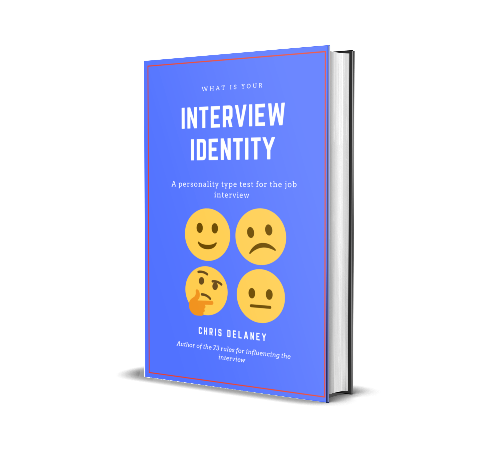The recruitment process is found to be unfair to women who are viewed as being at an age where they are likely to become pregnant therefore needing to take maternity leave.
Across industries and around the world, interviewers often ask inappropriate, sometimes illegal, questions that hint at concerns about parental status, future family plans, or caregiving responsibilities.
Although it’s illegal to discriminate based on parental status in many countries, questions that aim to gather such information still emerge, often indirectly throughout the recruitment process.
Knowing how to respond to inappropriate parental (job interview) questions can help candidates protect their job prospects and, ultimately, contribute to reducing discriminatory practices in hiring.
In recent research, ‘How to respond to inappropriate questions in job interviews: Personal and social consequences of truth-telling, deflection and confrontation’ solutions to this common bias have been looked into.
Why do hiring managers ask questions about pregnancy?
Employment discrimination against women based on their potential for motherhood stems from deep-seated cultural biases and stereotypes.
Research shows that assumptions about women’s roles and availability can impact perceptions of their commitment, “fit,” and dedication to a job.
Often, women are expected to prioritize family responsibilities over work, a stereotype that rarely affects men in the same way even though many males now take paternity leave for long periods of time.
The belief feeds into a cycle where women may be asked inappropriate questions during the job interview, putting female applicants in the position of either awkwardly disclosing personal information or having to find a way to sidestep the question.
This scenario places women at a crossroads where they must carefully weigh how to respond, balancing their desire for authenticity with a pragmatic approach that supports their chances of being hired.
Conflict Management Strategies for Dealing with Illegal Job Interview Questions
Kahalon, R., Ullrich, J. and Becker, J.C. (2024) ‘How to respond to inappropriate questions in job interviews: Personal and social consequences of truth-telling, deflection and confrontation’, European Journal of Social Psychology research paper found three conflict management strategies that can be used to deal with inappropriate parental status interview questions.
The results from three experiments that attributed to the research suggest that ‘deflection’ (i.e., responding with another question) is the superior strategy when asked questions about future family planning as the strategy increases the chance of being hired compared to applicants who opt for truth telling (which can play into the employers biases).
Another option is ‘confrontation’ (i.e., saying that the question is inappropriate). The confrontation method was found to be superior in terms of a social level and leads to a decrease the probability that the same interviewer will asked similar questions to women in future interviews but is highly unlikely to result in a job offer for the candidate confronting the employer.
The 3 common strategies to approach the illegal interview question:
- The Strategy of Truthful Disclosure
The first strategy is to answer the interviewer’s question honestly, even if it touches on sensitive topics.
For example, if asked about family plans, one might say, “Yes, I do plan on having children in the future,” or “I currently have two young children.”
Pros of Truthful Disclosure
- Authenticity: This approach demonstrates openness and honesty, qualities that can sometimes foster trust.
- Avoids Risk of Misinterpretation: With a direct answer, there’s no ambiguity, and interviewers cannot misinterpret your words.
- Strengthens Personal Confidence: Answering directly can feel empowering, especially for those who value transparency.
Cons of Truthful Disclosure
- Reduced Hiring Chances: Disclosing parental status or plans can sometimes play into biases, leading interviewers to view you as less committed to the job.
- Reinforces Biases: By answering these questions, you inadvertently accept them as valid, which can perpetuate the belief that parental status is a legitimate consideration in hiring.
When to Use Truthful Disclosure
Truthful disclosure can be an appropriate response if:
- You believe that the company genuinely supports work-life balance and doesn’t penalize employees for family commitments.
- You feel comfortable sharing and believe your response will not affect your hiring chances.
Example Response: “Yes, I do have children, but I have a strong support system that allows me to be fully committed to my role.”
Practical Tip: Reframe the Disclosure
If you choose to disclose, use it as a segue to emphasize your strengths. For instance, mentioning a support system or flexibility plan demonstrates your commitment to managing both professional and personal responsibilities.
- Confrontation as a Strategy for Social Change
Confronting the interviewer about the inappropriateness of the interview question is a more direct strategy that can go either way.
The direct approach challenges the interviewer and brings attention to the issue, signalling that inappropriate questions are not acceptable – sometimes the hiring manager isn’t aware of the appropriateness of the questions until their attention is drawn to it.
For example, if asked about your plans to start a family, you might respond, “I’m not sure how that’s relevant to my ability to perform in this role.”
Pros of Confrontation
- Sets Boundaries: Directly addressing inappropriate questions helps set professional boundaries and demonstrates self-advocacy.
- Promotes Social Change: Confrontation can have a ripple effect, discouraging interviewers from asking similar questions in the future.
- Establishes Respect: This approach can also communicate that you are confident and unwilling to accept discrimination.
Cons of Confrontation
- Perceived as Aggressive: Confrontation can sometimes be perceived as combative, especially for women, who may face backlash for challenging authority.
- Risk of Not Being Hired: By directly opposing the interviewer, you might reduce your chances of securing the position.
When to Use Confrontation
Confrontation is ideal if:
- You value setting a strong precedent against discrimination.
- You’re willing to take a risk for the potential reward of encouraging more equitable practices.
Example Response: “I think questions about family status are generally unrelated to my professional abilities and commitment. I’m happy to discuss my relevant skills and experiences for this role.”
Practical Tip: Use a Neutral Tone
When confronting, aim to maintain a neutral tone to reduce the likelihood of being perceived as overly defensive. This can help frame your response as an assertion rather than an accusation.

- Deflection: A Polite and Practical Response
Deflection is an indirect way of responding by sidestepping the question without providing a direct answer.
This strategy, which was found to be best approach in terms of becoming hired, can help avoid disclosing unnecessary personal information while keeping the conversation professional.
For example, if asked about family planning, you could respond with, “I’m curious, do many team members make use of the daycare facility you mentioned?”
Pros of Deflection
- Protects Privacy: Deflection allows you to keep personal matters private without seeming evasive.
- Maintains Likability: By using a neutral question, you keep the tone positive and professional, which can boost your appeal as a candidate.
- Reduces Hiring Risk: This strategy is effective for protecting hiring chances, as it sidesteps the potential biases triggered by direct answers.
Cons of Deflection
- Doesn’t Challenge the Bias: By deflecting, you avoid addressing the interviewer’s potentially discriminatory motive, which may not deter them from asking similar questions in the future.
- Can Feel Evasive: Some interviewers might sense that you’re not answering directly, which could prompt additional probing.
When to Use Deflection
Deflection is especially useful if:
- You want to keep the conversation professional without addressing the question directly.
- You feel the interviewer may not take well to confrontation but want to avoid disclosing personal information.
Example Response: “I’m interested in hearing more about the company culture and how it supports work-life balance for all employees.”
Practical Tip: Shift the Focus
Try shifting the focus back to your professional qualities. Deflection can include redirection to emphasize your interest in the company’s culture, expectations, or support systems, keeping the interview on track.

Weighing the Cost-Benefit of Each Strategy
Each response strategy—truthful disclosure, confrontation, and deflection—vary in terms of their implications, and choosing the right approach depends on both the situation and your personal preferences.
Summary of the 3 strategies:
| Strategy | Benefits | Drawbacks |
| Truthful Disclosure | Builds trust, feels authentic | Risk of reinforcing bias, reduced hiring chances |
| Confrontation | Sets boundaries, promotes social change | Can reduce likability, may harm hiring chances |
| Deflection | Protects privacy, maintains likability | Doesn’t challenge bias, might seem evasive |
Additional Tips for Navigating Inappropriate Questions
- Prepare Responses in Advance: Anticipating questions and practicing responses can make an applicant feel more confident and prepared. Consider rehearsing responses that both deflect and redirect the conversation.
- Highlight Your Skills and Commitment: Redirecting to your professional abilities or relevant experience can subtly remind interviewers that your suitability for the role doesn’t hinge on your family status.
- Be Aware of Legal Rights: Understand the laws in your region regarding interview questions. If a question directly violates your rights, you may wish to address it accordingly or, in some cases, consider reporting it.
- Assess Company Culture: When you encounter inappropriate questions, consider it as a potential red flag regarding the company culture. If these questions feel invasive or suggest a lack of support for work-life balance, it may signal broader issues within the organization.
- Trust Your Instincts: If an interviewer’s questions make you uncomfortable or seem inappropriate, remember that your response is ultimately for your benefit. You deserve to find a workplace that values your contributions, not your personal life.
Moving Forward: Balancing Personal and Social Impact
Balancing personal goals with a desire for broader change can be challenging, especially in job interviews.
Deflection remains a popular choice for its practicality, but if your long-term goal is to advocate for more inclusive workplaces, you may decide to occasionally confront inappropriate questions as well. Each response holds the potential to inform hiring practices and can, over time, contribute to changing the narrative about women in the workforce.
Remember that regardless of your response, simply being prepared and confident can make a significant difference. By thoughtfully navigating inappropriate questions, you can better protect your career prospects, challenge biases when possible, and work toward creating a more equitable workplace for everyone.
Source:
Kahalon, R., Ullrich, J. and Becker, J.C. (2024) ‘How to respond to inappropriate questions in job interviews: Personal and social consequences of truth?telling, deflection and confrontation’, European Journal of Social Psychology, 54(4), pp. doi:10.1002/ejsp.3062.








